Tomás Saraceno’s environmental art implores us to live together differently
Through his own practice and the work of the Aerocene Foundation, artist Tomás Saraceno has advocated for a radical transformation of our relationship with one another, and with the planet. He features as one of 25 creative leaders of the future in Wallpaper’s 25th Anniversary Issue ‘5x5’ project, nominated by fellow artist Michèle Lamy
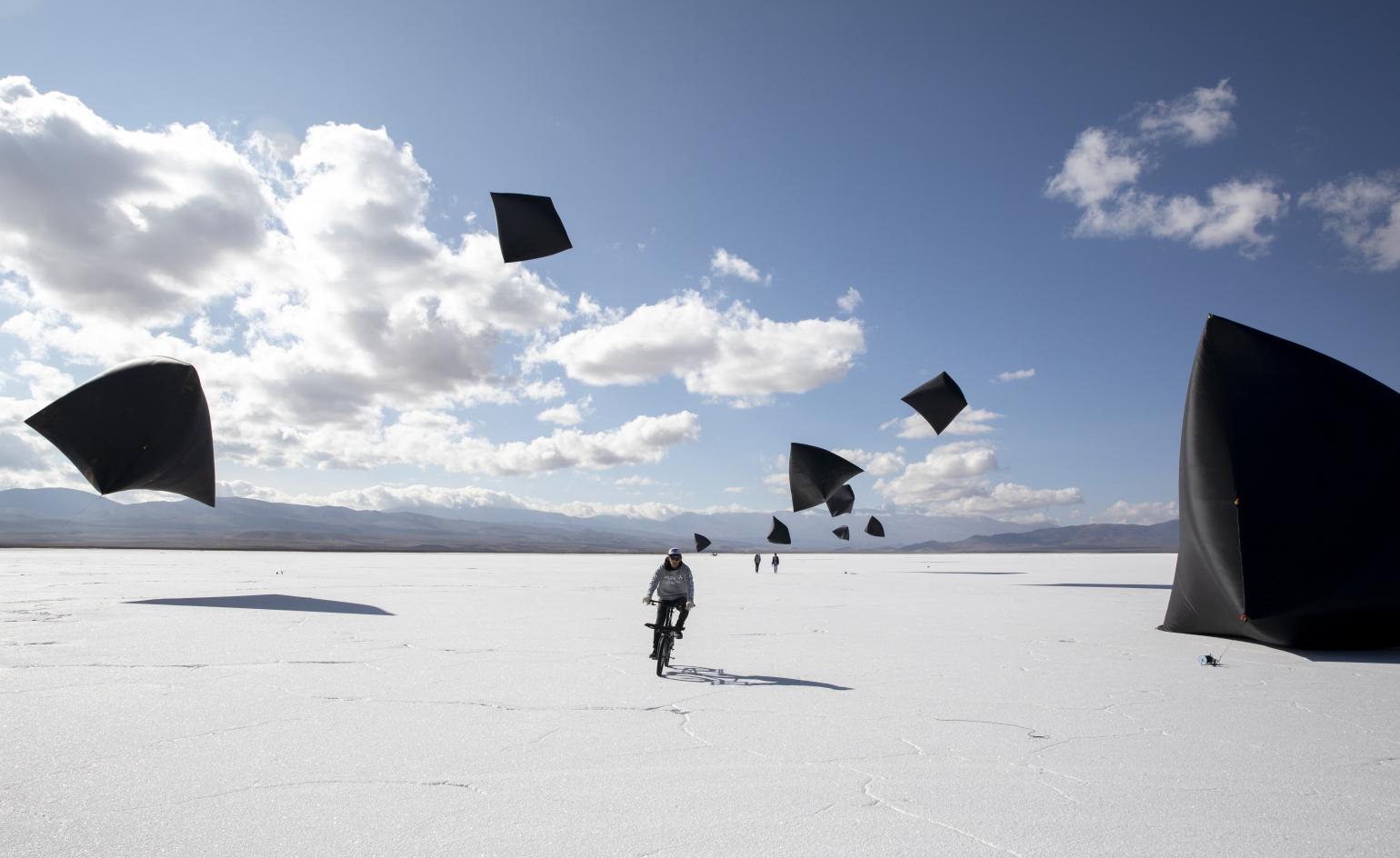
Tomás Saraceno believes that we’re at the point of no return. His current installation at Copenhagen’s Cisternerne – navigable only by boat – is titled ‘Event Horizon’, after the astrophysical term for the moment when gravity makes it impossible to escape the pull of a black hole.
His art, which from the start has investigated the relationship between humans and the planet and called for a radical transformation, has taken on an added urgency in the face of the climate emergency.
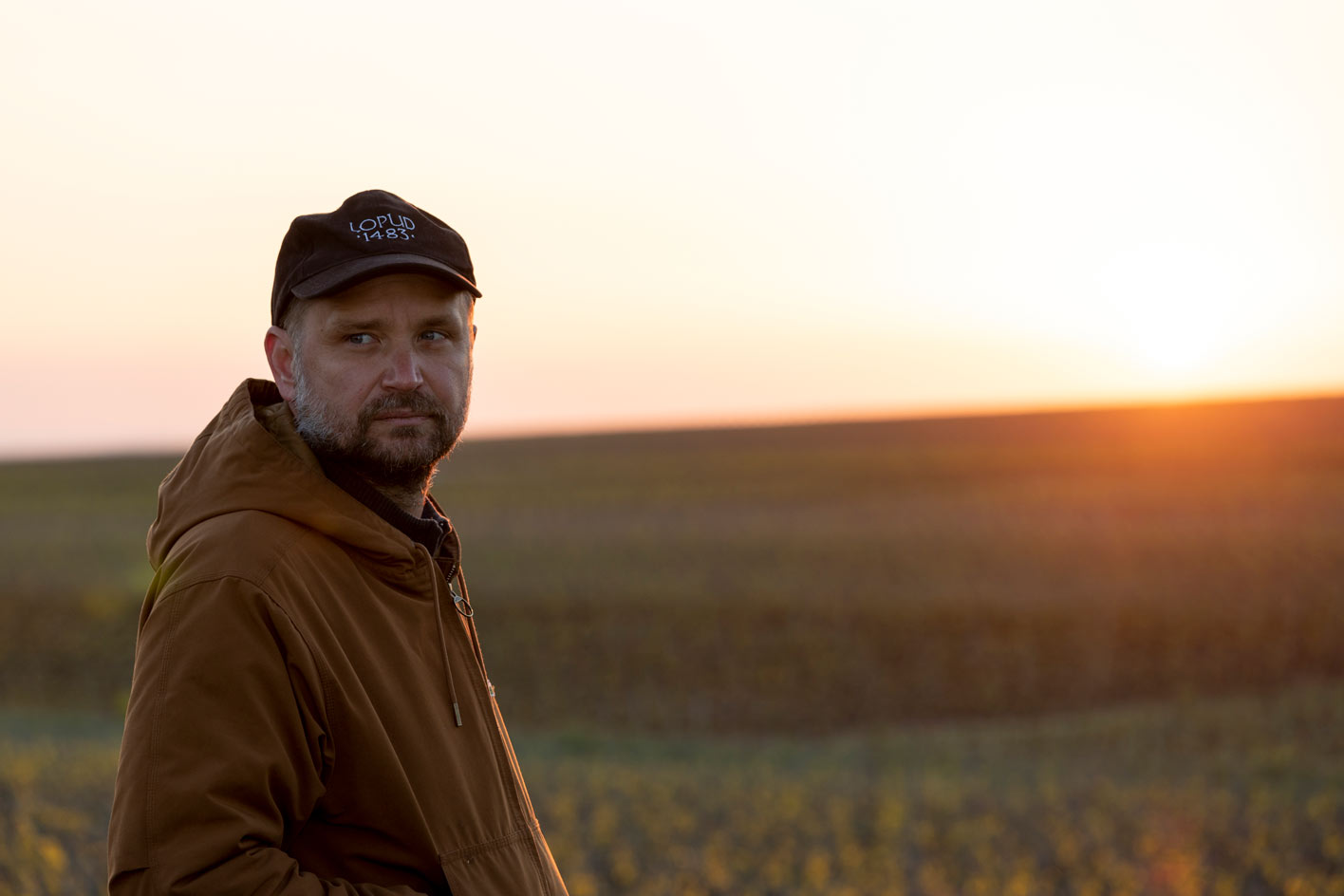
Artist Tomás Saraceno, photographed by Dario Laganà in May 2021 at the vineyards of Maison Ruinart in Reims, France, where he staged a fossil fuel free Aerocene flight
Parallel to his studio practice (which is in itself unconventional, he may be the only artist to operate a state-of-art spider lab and work with arachnid collaborators), he also runs the Aerocene project, which aims to answer the question: ‘Is it possible to circumnavigate the world, using no other resource than the sun?’
Through fossil fuel-free flights, made possible by balloon sculptures that are kept afloat by the sun and travel with atmospheric currents, he has captivated audiences around the world, from the otherworldly salt flats of Bolivia to the storied vineyards of Champagne. A human flight in January 2020, at Salinas Grandes in Jujuy, Argentina, travelled 1.7km in 21 minutes, setting 32 world records and demonstrating the viability of a project that once sounded like a pipe dream.
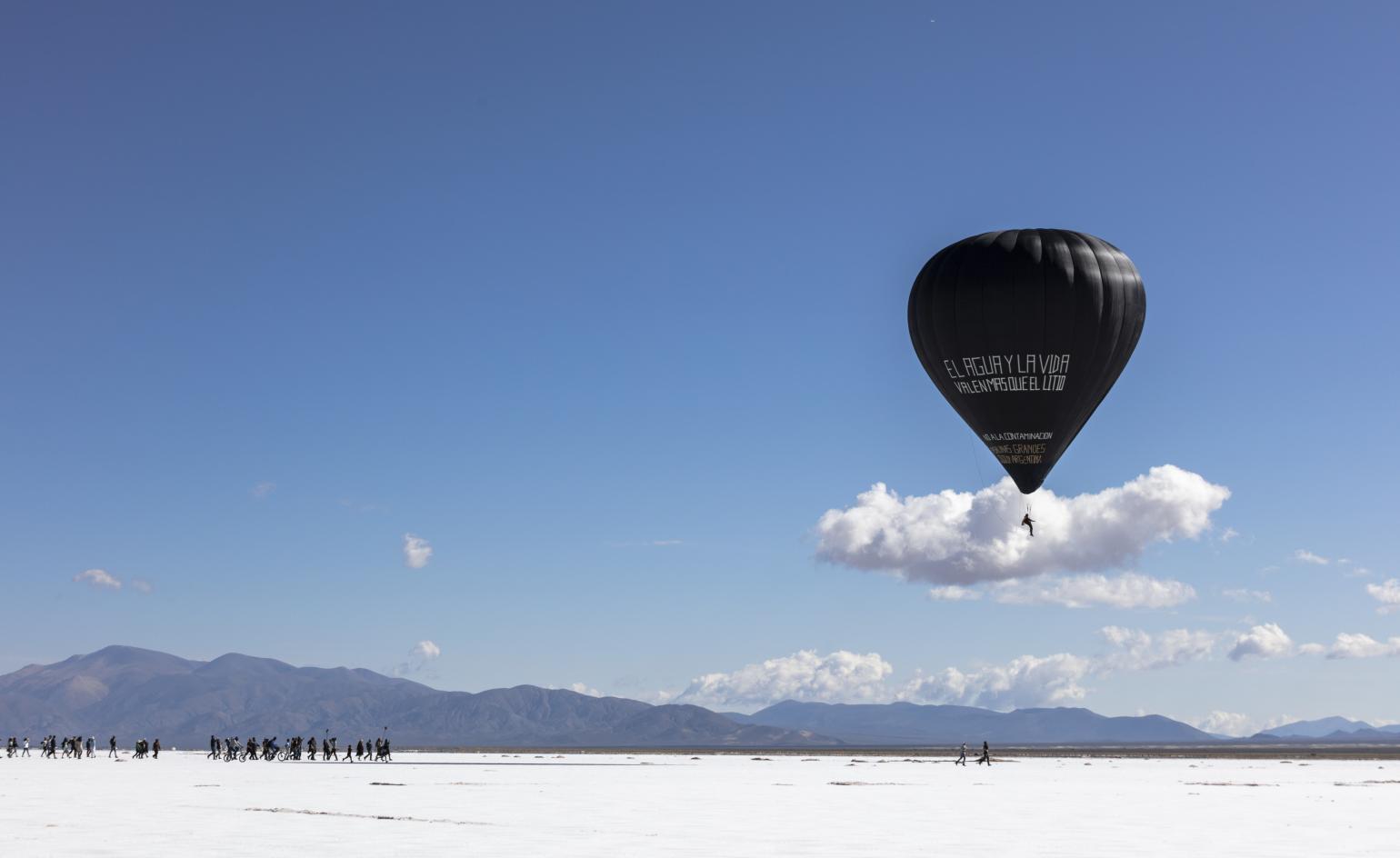
Fly with Aerocene Pacha at Salinas Grandes, Jujuy, Argentina. Aerocene and aviator Leticia Noemi Marques made the most sustainable human flight in history in this Aerocene hot air balloon, setting 32 world records ratified by the Fédération Aéronautique Internationale. Produced by the Aerocene Foundation and Studio Tomás Saraceno, supported by Connect, BTS, curated by DaeHyung Lee. Courtesy the artist and Aerocene Foundation. Photography: Studio Tomás Saraceno © Tomás Saraceno
RELATED STORY

Aerocene is a collaborative endeavour, involving scientists, engineers, and volunteers of all backgrounds, and inviting the general public to join in: anyone can borrow an Aerocene backpack to try out themselves, and the less adventurous can still get to know the project through the Float Predictor app, imagining the zero-carbon airborne journeys of the future. For his recent collaboration with Maison Ruinart, Saraceno additionally created an augmented reality experience which would allow the trajectories of Aerocene flights (‘Aeroglyphs’, as he calls them) to be shared with a global community.
The Argentine artist’s upcoming exhibition with Neugerriemschneider, his first with the Berlin gallery since joining its roster in 2021, continues his exploration of environmental concerns and how we can live together differently. From the exhibition content – visualisations of air quality, photos printed using air pollutants from Mumbai, and blown glass works that heighten our consciousness of breath – to auxiliary gestures such as shifting the gallery’s opening hours with daylight and powering it with renewable energy, we get a sense of the expanse and ambition of Saraceno’s groundbreaking practice, which will only continue to soar in the years to come.
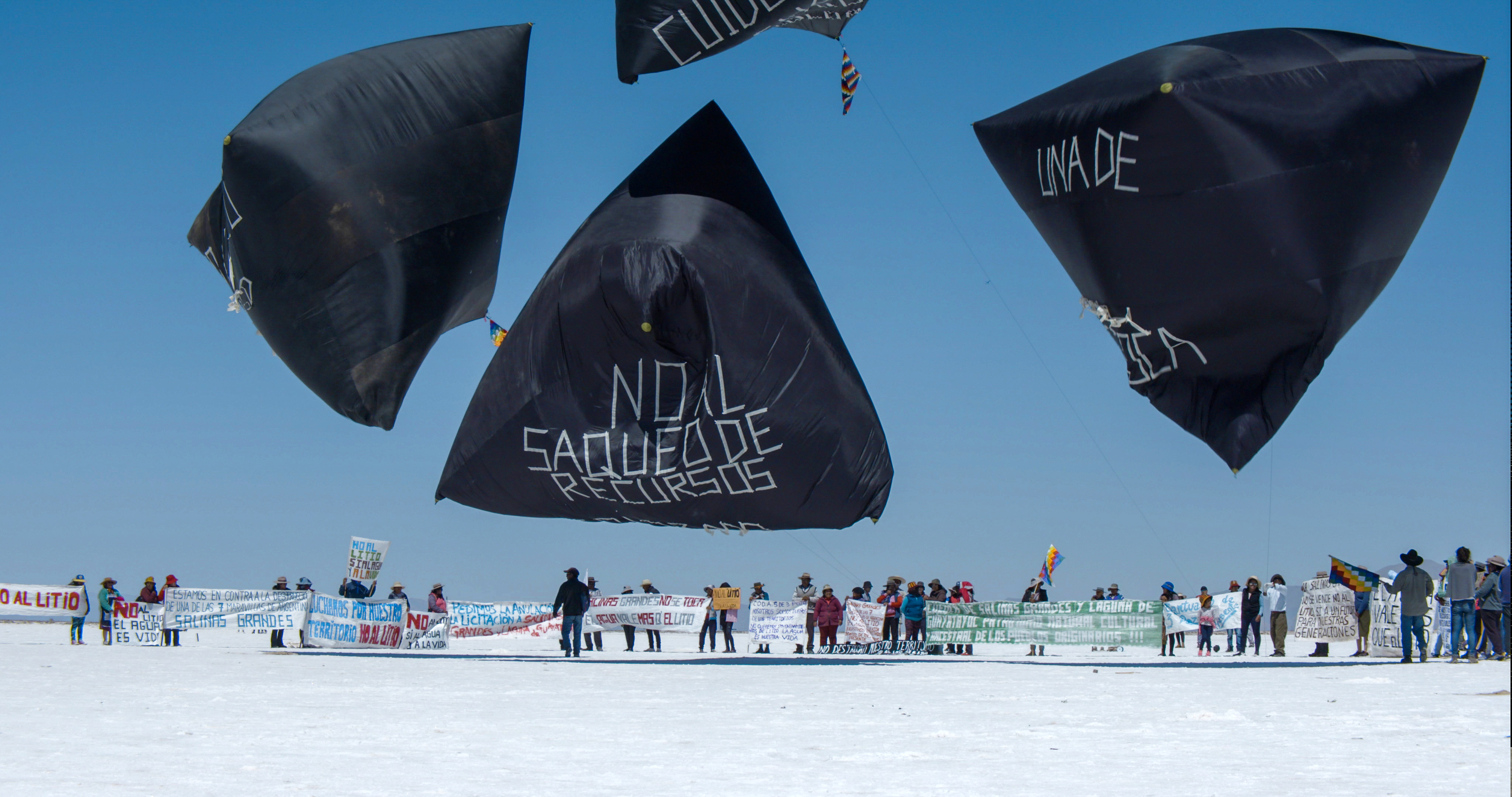
Fly with Aerocene Pacha at Salinas Grandes, Jujuy, Argentina. Produced by the Aerocene Foundation and Studio Tomás Saraceno, supported by Connect, BTS, curated by DaeHyung Lee. Courtesy the artist and Aerocene Foundation. Photography: Studio Tomás Saraceno © Tomás Saraceno
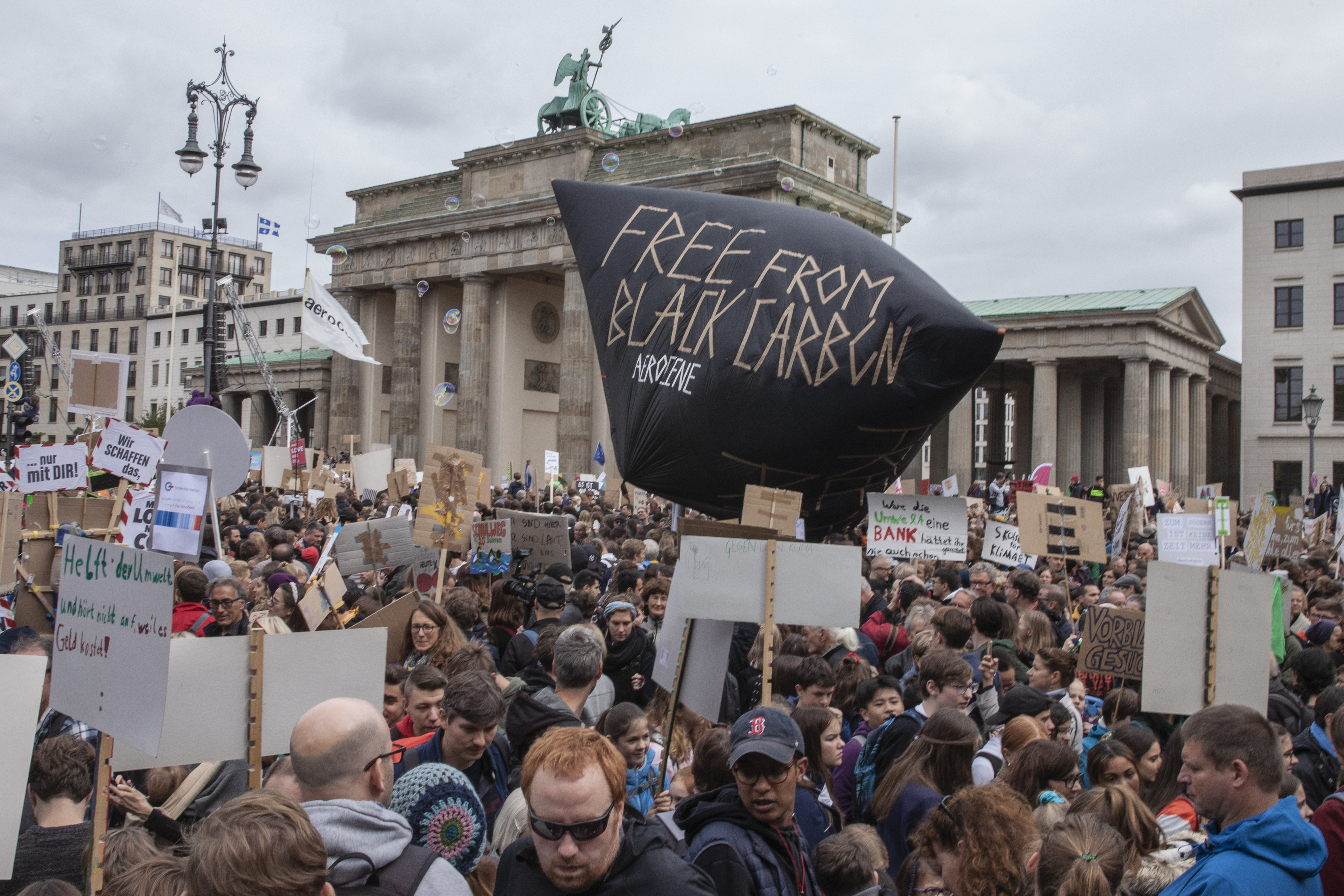
Aerocene flight at a climate change demonstration in Berlin, 2019. Photography: Studio Tomás Saraceno, courtesy Aerocene Foundation. Licensed under CC by Aerocene Foundation 4.0
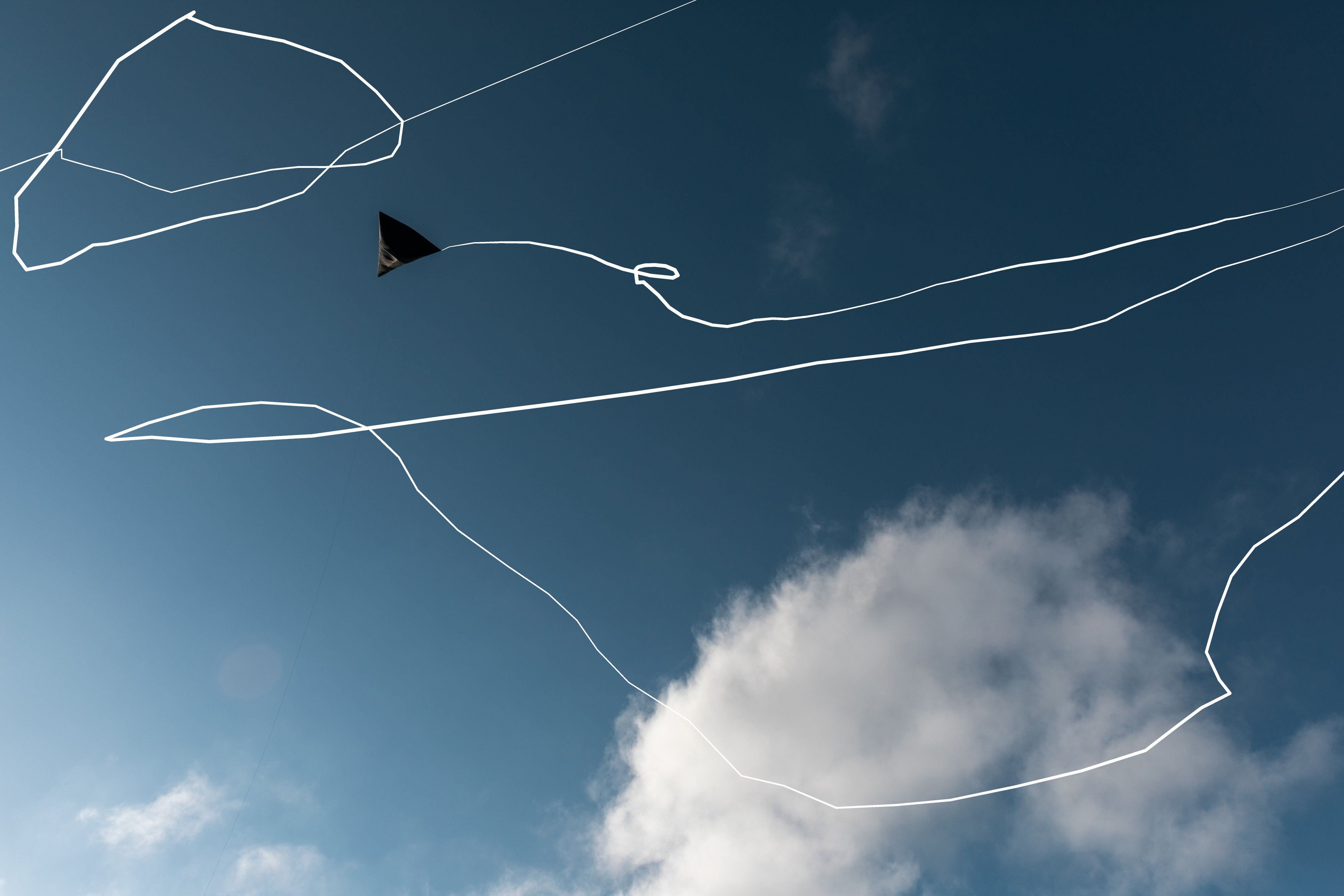
Tomás Saraceno, towards and Aerocene era Making of Movement [49.190091, 4.064507] 20.05.2021 Reims, France. Photography: Dario J Laganà, augmented reality Aeroglyphic sculpture for Maison Ruinart
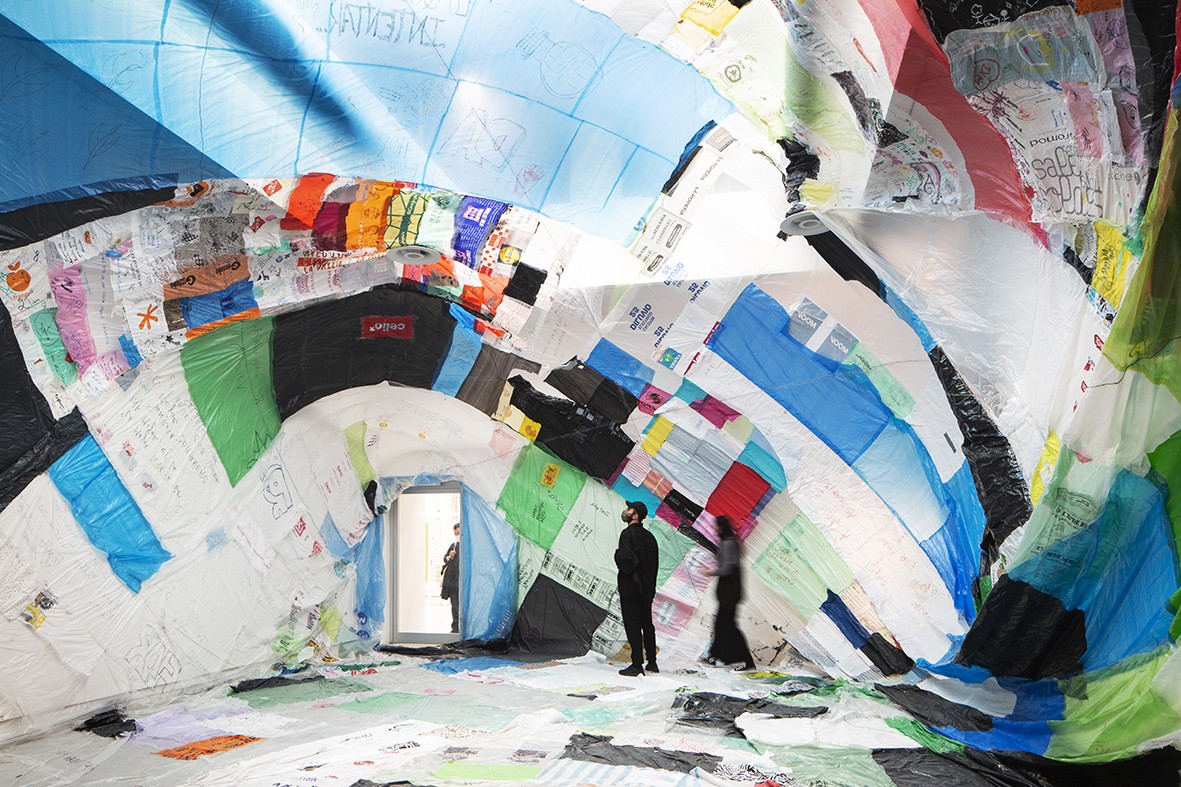
Museo Aero Solar: For an Aerocene Era, on view at the 17th International Architecture Exhibition in Venice (La Biennale di Venezia) until 21 November 2021. The installation presents 'stories and Aero(s)cenic journeys, the possibilities for living together—not only with ourselves, but with the geos, bios and cosmos surrounding our web of relations'. © Studio Tomás Saraceno
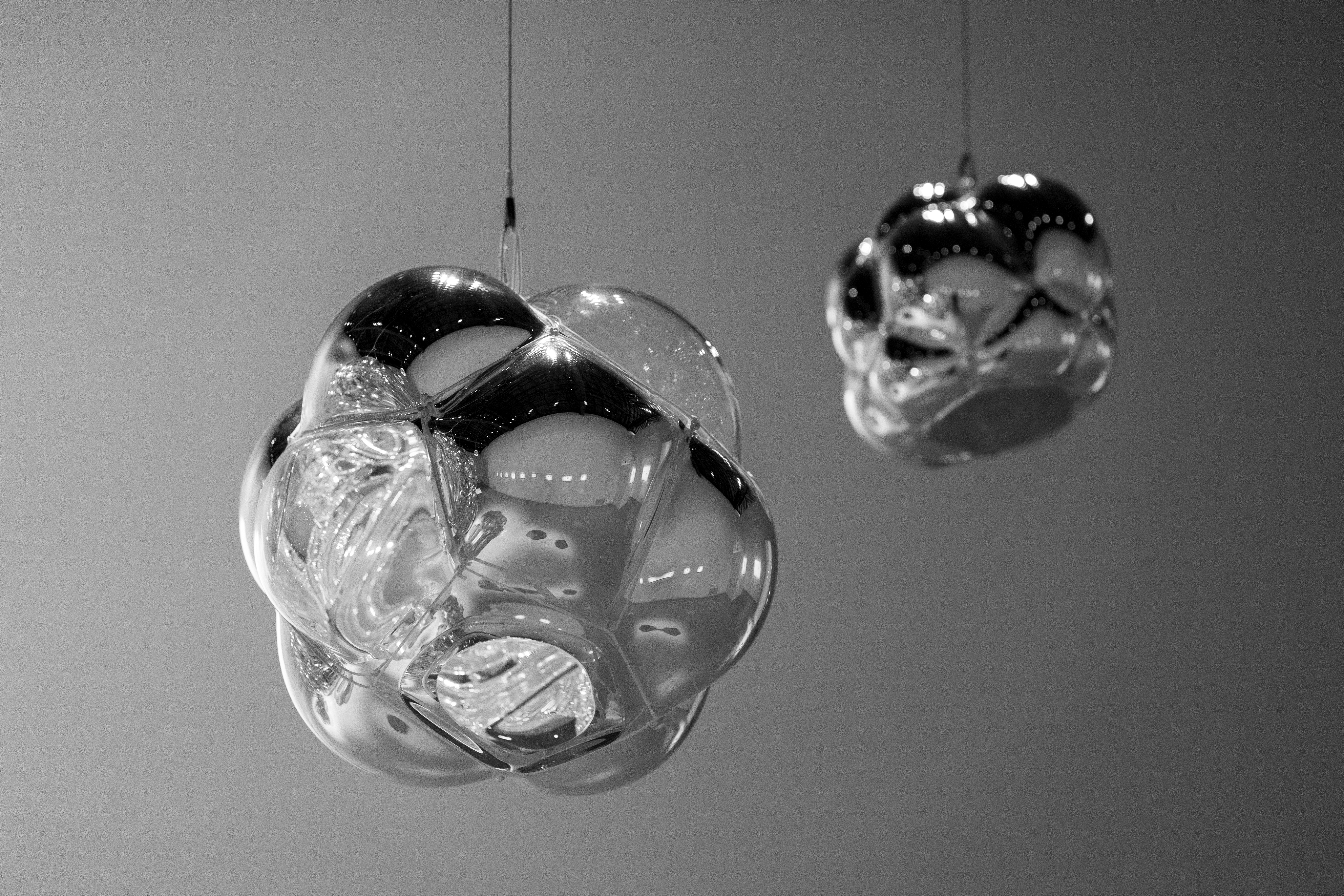
Tomás Saraceno, Aeolus 36,184 and Aeolus 8.79, both 2019 © Studio Tomás Saraceno, courtesy the artist and neugerriemschneider, Berlin
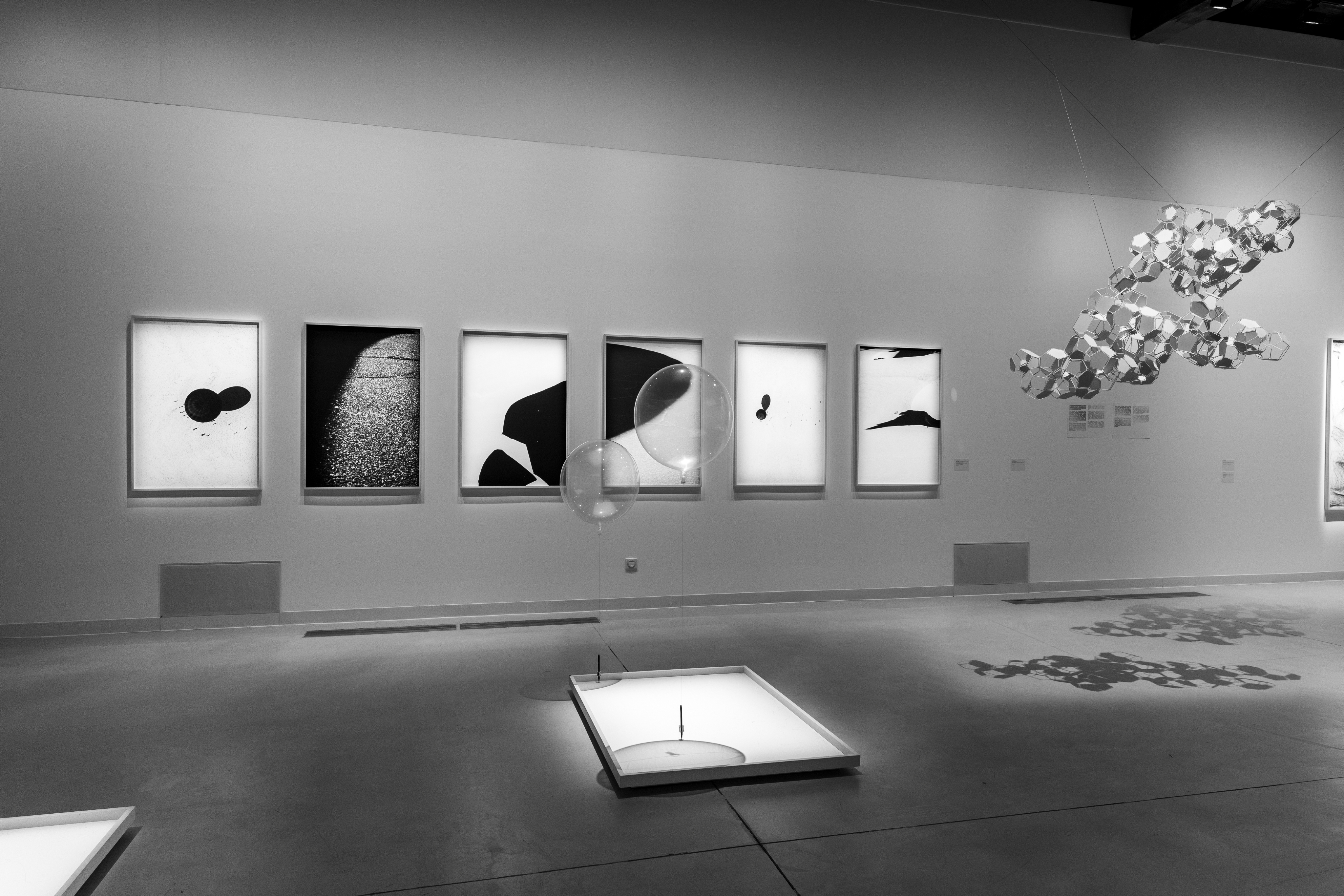
Installation view of 'Du sol au soleil' (From the ground to the sun), a solo exhibition by Saraceno at Domain des Etangs, Massignac, France. The project will culminate in 2022 with the installation of the site-specific, monumental and permanent work Du sol au soleil, 'an aerial structure, both cloud and spider’s web, which will unveil perspectives otherwise inaccessible to humankind'. © Studio Tomás Saraceno
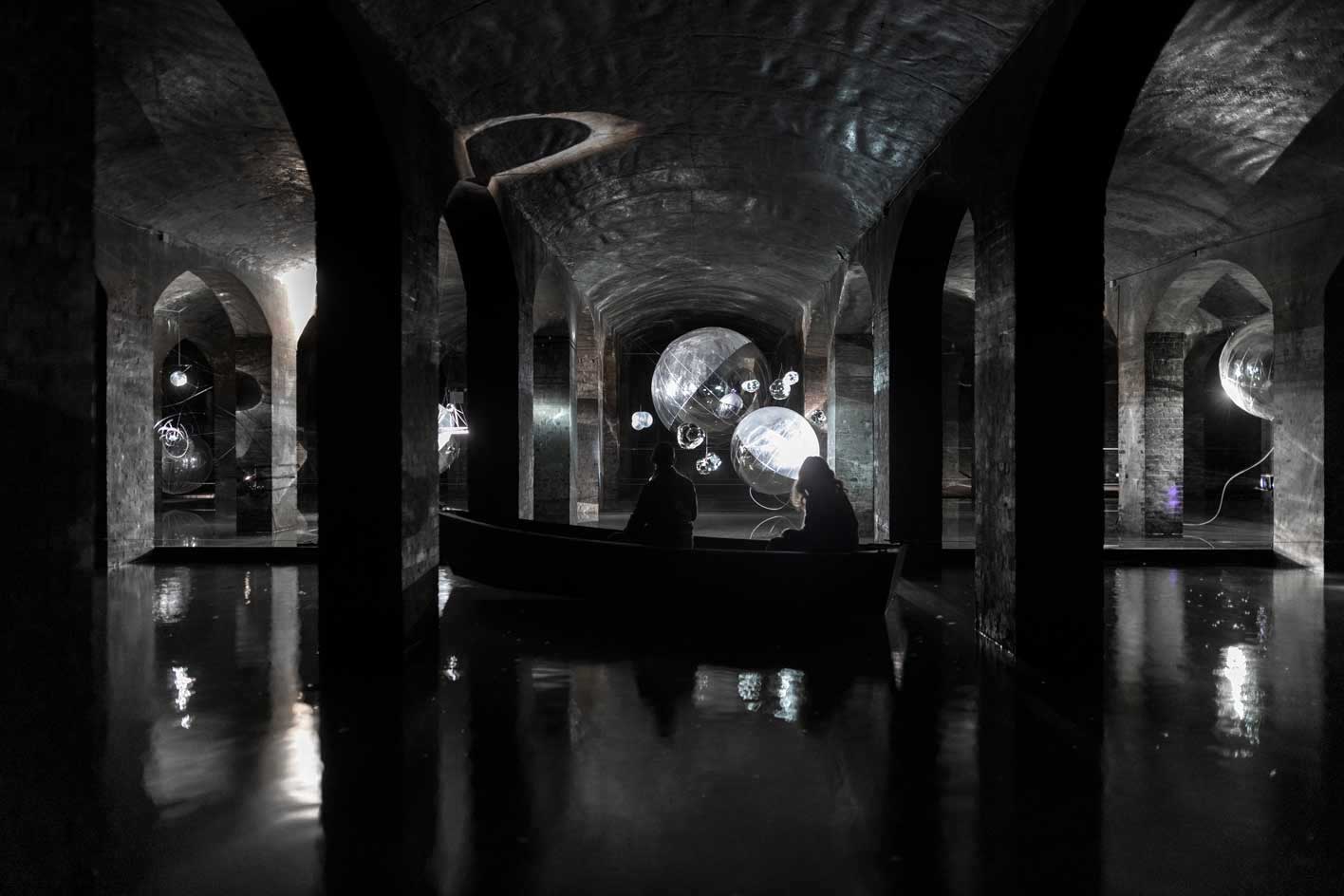
Installation view of Saraceno's installation ‘Event Horizon’ at Cisternerne, Copenhagen, including his piece A Thermodynamic Imaginary (2020). Photography: Torben Eskerod
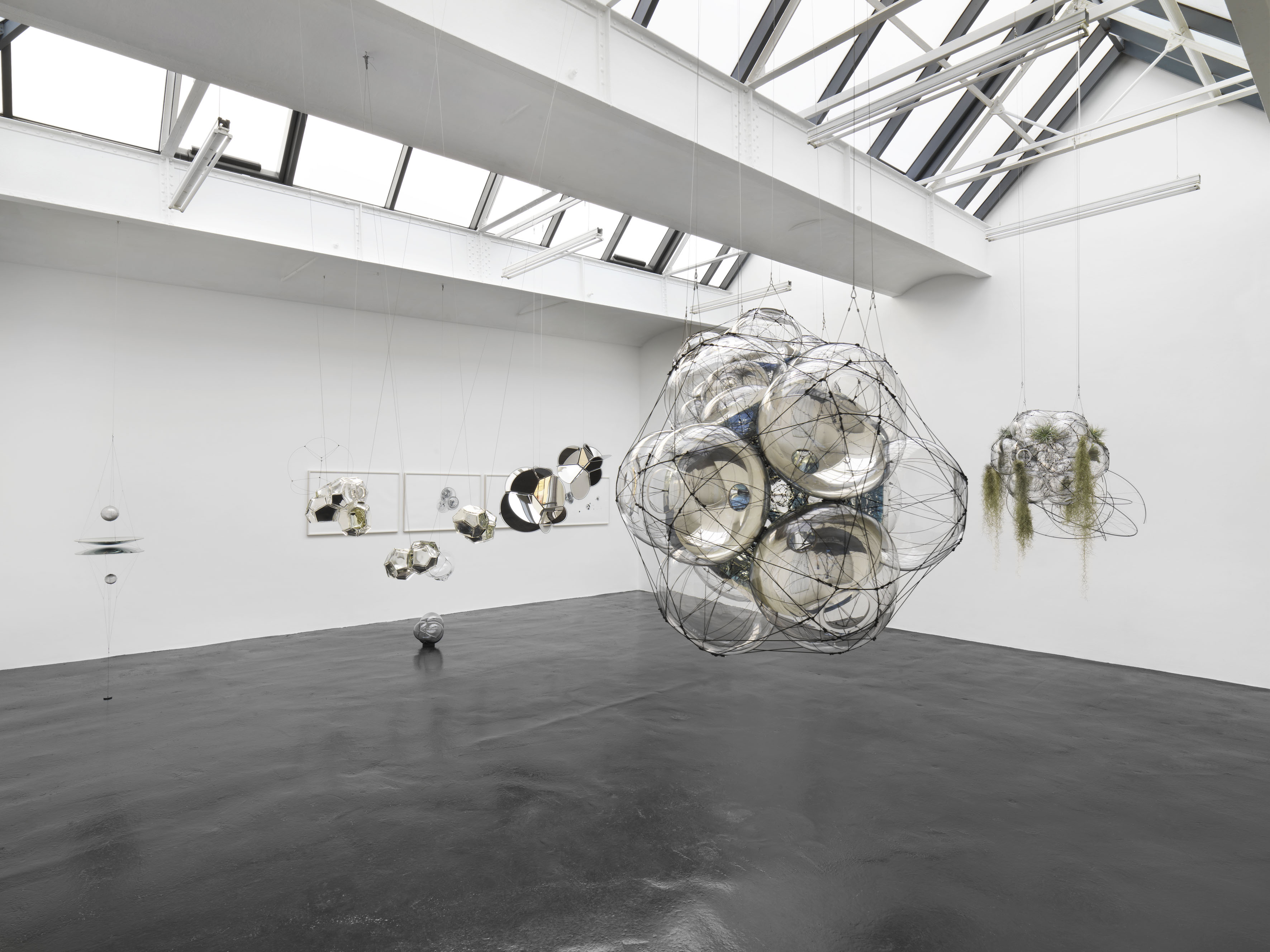
Installation view of Saraceno's solo exhibition 'We do not all breathe the same air', on view at Neugerriemschneider, Berlin until 31 October 2021. Photography: Jens Ziehe © Studio Tomás Saraceno, courtesy the artist and neugerriemschneider, Berlin
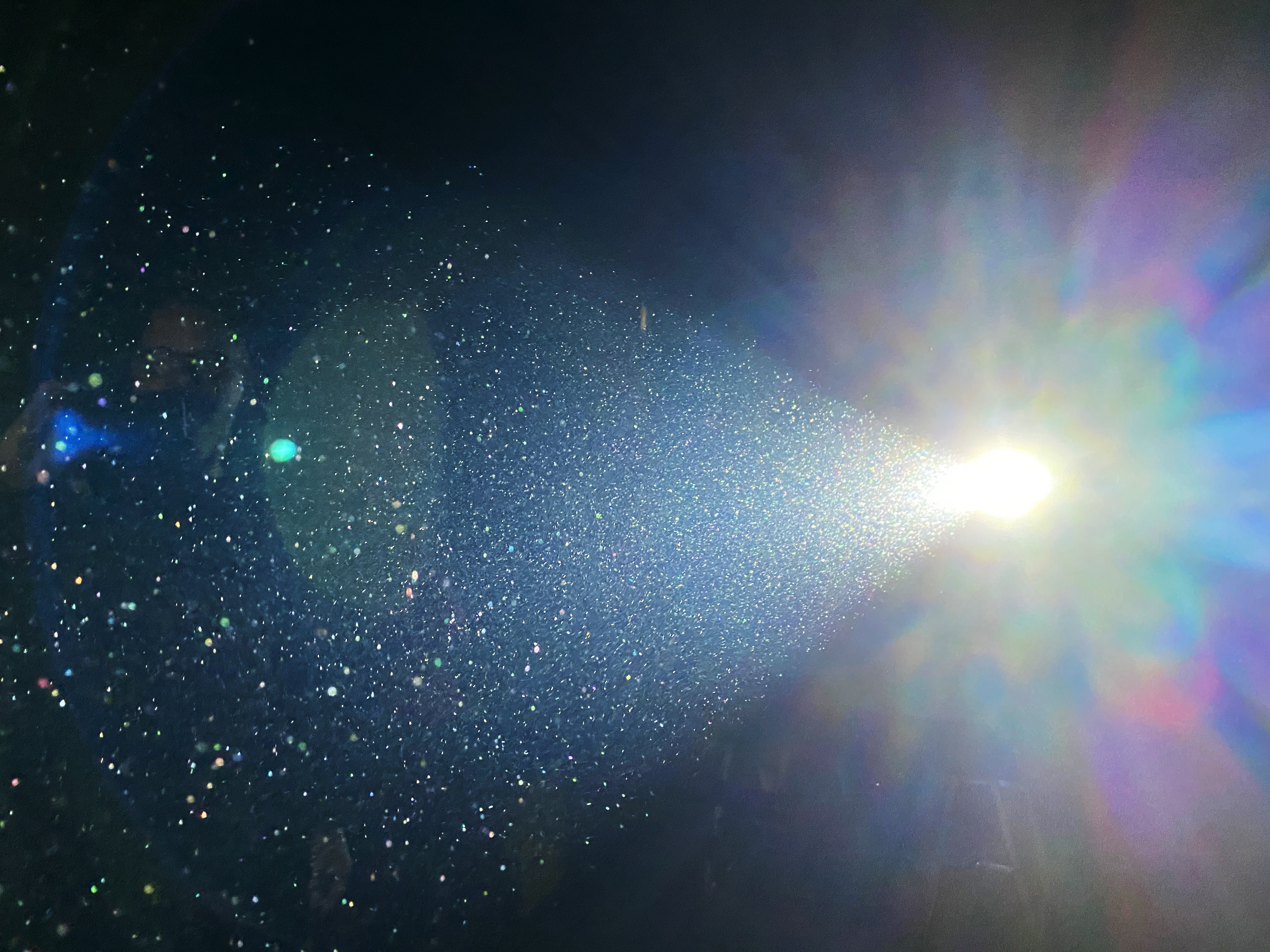
Tomás Saraceno, Particular Matter(s), 2021 © Tomás Saraceno, courtesy the artist and Neugerriemschneider, Berlin
INFORMATION
Receive our daily digest of inspiration, escapism and design stories from around the world direct to your inbox.
aerocene.org
‘Tomás Saraceno: We Do Not All Breathe The Same Air’, 18 September – 31 October 2021, Neugerriemschneider, Berlin, neugerriemschneider.com
‘Tomás Saraceno: Du Sol au Soleil’, until 24 April 2022, Domaine des Etangs, Massignac, France, domainedesetangs.com
Museo Aero Solar For an Aerocene Era, until 21 November 2021, part of the 17th International Architecture Exhibition, Venice, labiennale.org
A version of this article appears in Wallpaper’s October 2021, 25th Anniversary Issue (W*270), on newsstands now and available to subscribers – 12 digital issues for $12/£12/€12.
Meet more creative leaders of the future nominated by Michèle Lamy here.
TF Chan is a former editor of Wallpaper* (2020-23), where he was responsible for the monthly print magazine, planning, commissioning, editing and writing long-lead content across all pillars. He also played a leading role in multi-channel editorial franchises, such as Wallpaper’s annual Design Awards, Guest Editor takeovers and Next Generation series. He aims to create world-class, visually-driven content while championing diversity, international representation and social impact. TF joined Wallpaper* as an intern in January 2013, and served as its commissioning editor from 2017-20, winning a 30 under 30 New Talent Award from the Professional Publishers’ Association. Born and raised in Hong Kong, he holds an undergraduate degree in history from Princeton University.
-
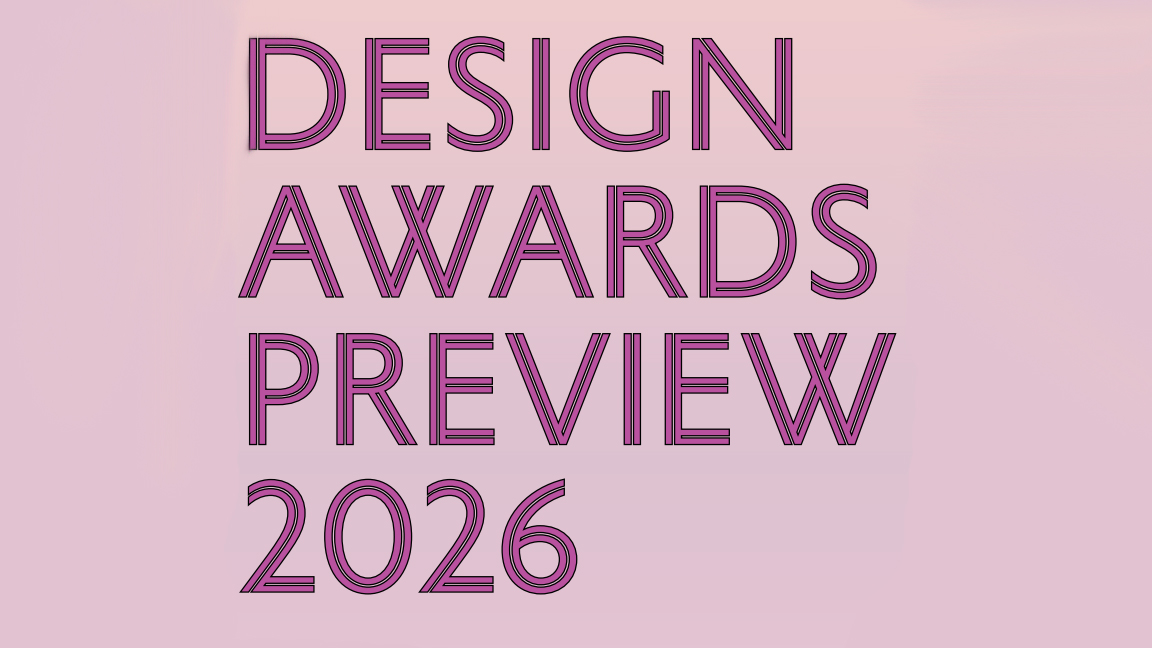 The Wallpaper* Design Awards are back in 2026 – see who's shortlisted
The Wallpaper* Design Awards are back in 2026 – see who's shortlistedOur annual design awards returns in January – here are the first shortlisted nominees
-
 RIBA House of the Year 2025 is a ‘rare mixture of sensitivity and boldness’
RIBA House of the Year 2025 is a ‘rare mixture of sensitivity and boldness’Topping the list of seven shortlisted homes, Izat Arundell’s Hebridean self-build – named Caochan na Creige – is announced as the RIBA House of the Year 2025
-
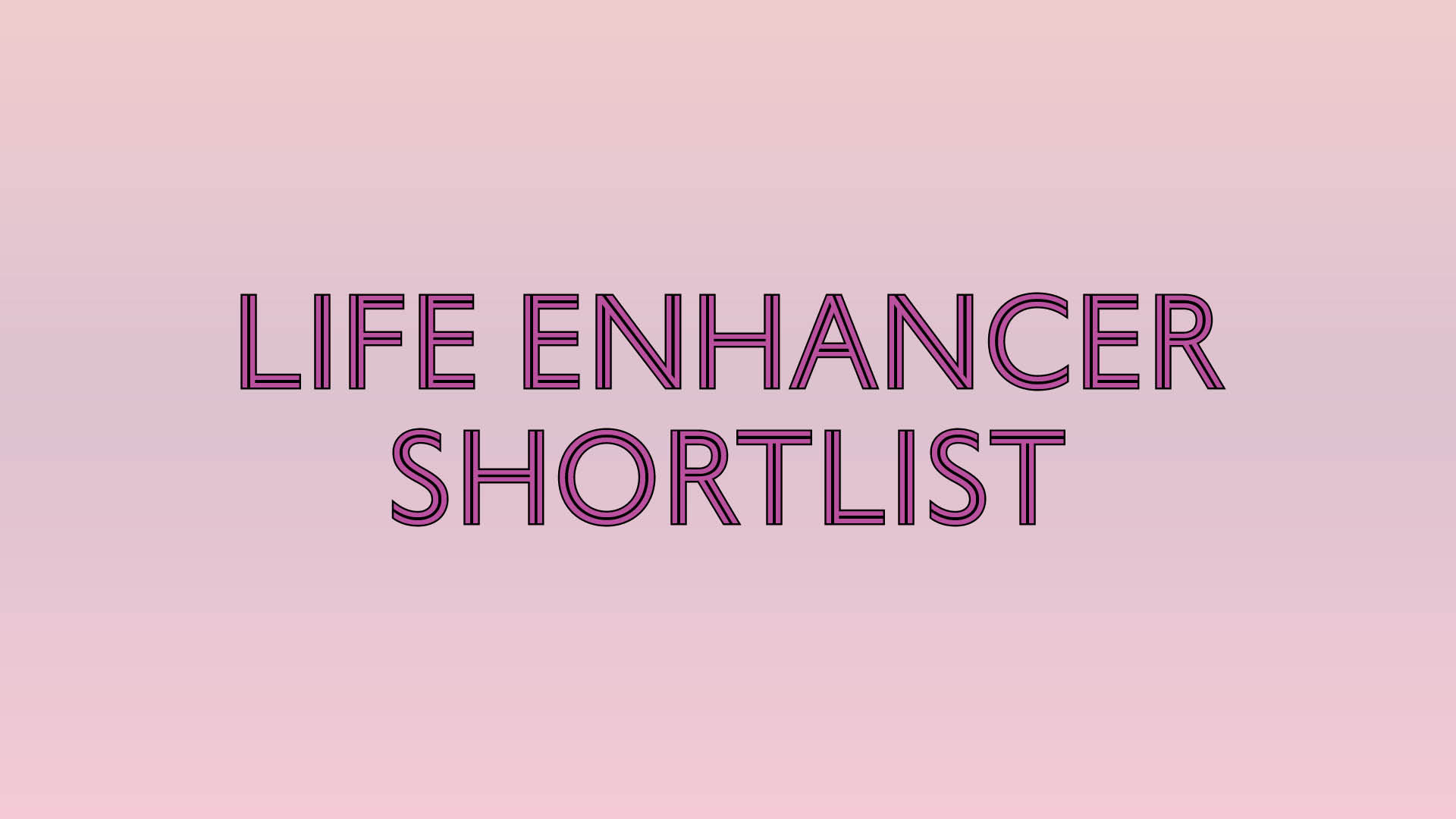 Wallpaper* Design Awards 2026: Life-enhancer of the year shortlist
Wallpaper* Design Awards 2026: Life-enhancer of the year shortlistDiscover the shortlist for Life-Enhancer of the Year in the Wallpaper* Design Awards 2026, from an innovative night light to a blueprint for play
-
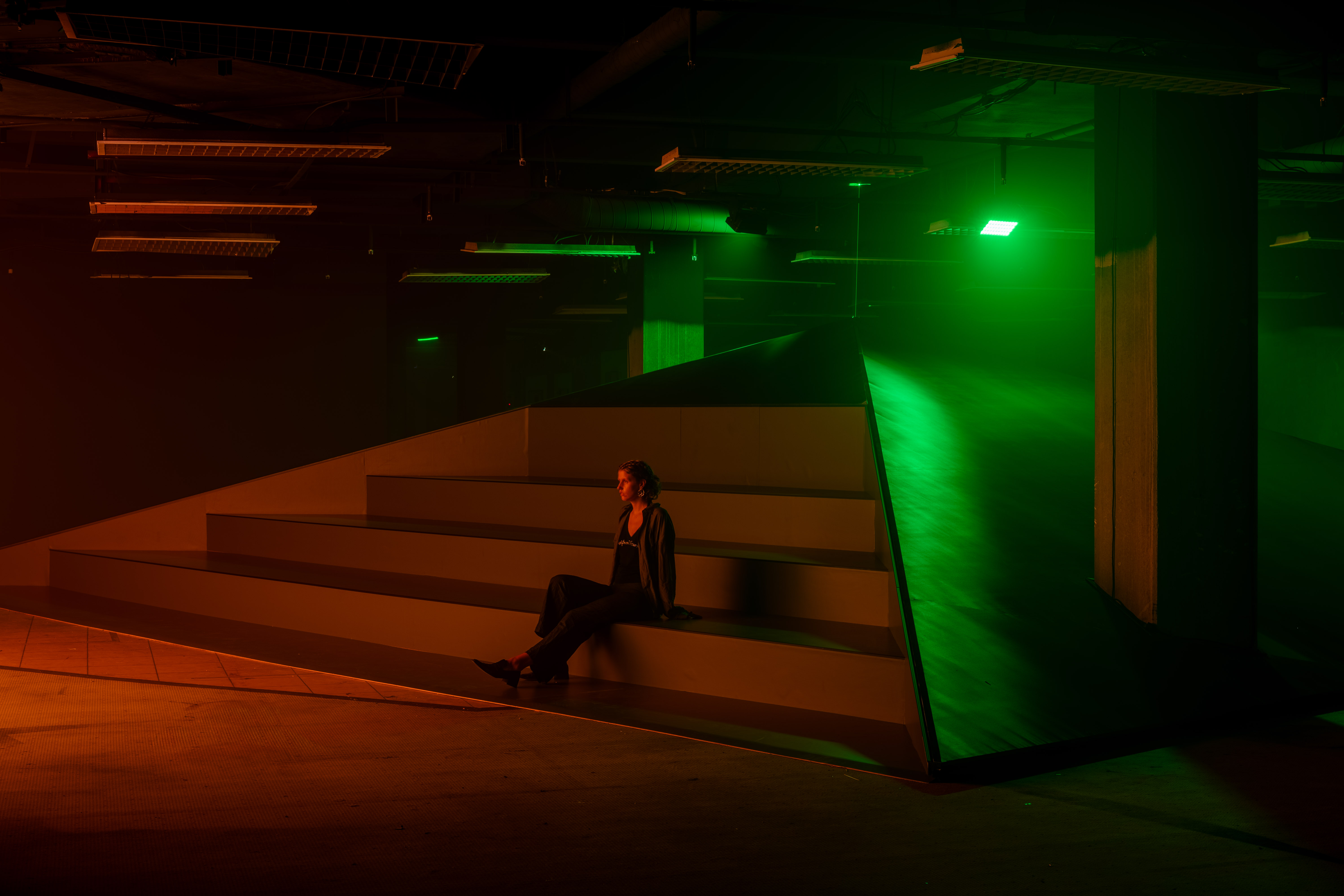 'There is no way light and darkness are not in exchange with each other': step inside Christelle Oyiri’s sonic world in Berlin
'There is no way light and darkness are not in exchange with each other': step inside Christelle Oyiri’s sonic world in BerlinIn an explosion of light and sound, Christelle Oyiri explores celebrity, mythology and religion inside CANK, a former brutalist shopping centre in Berlin’s Neukölln
-
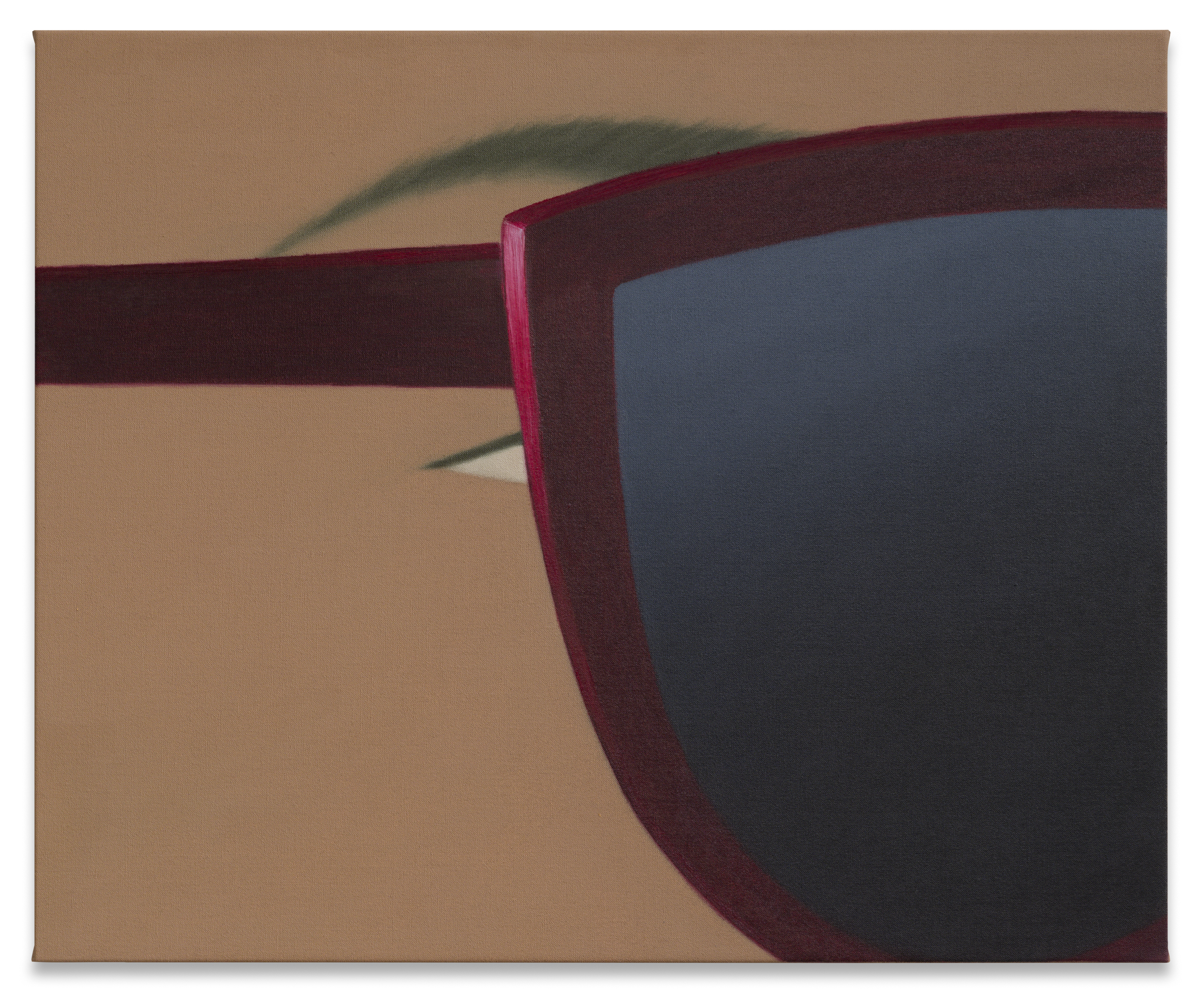 What's the story with Henni Alftan’s enigmatic, mysterious paintings? The artist isn’t saying
What's the story with Henni Alftan’s enigmatic, mysterious paintings? The artist isn’t sayingParis-based artist Henni Alftan's familiar yet uncanny works are gloriously restrained. On the eve of a Sprüth Magers exhibition in Berlin, she tells us why
-
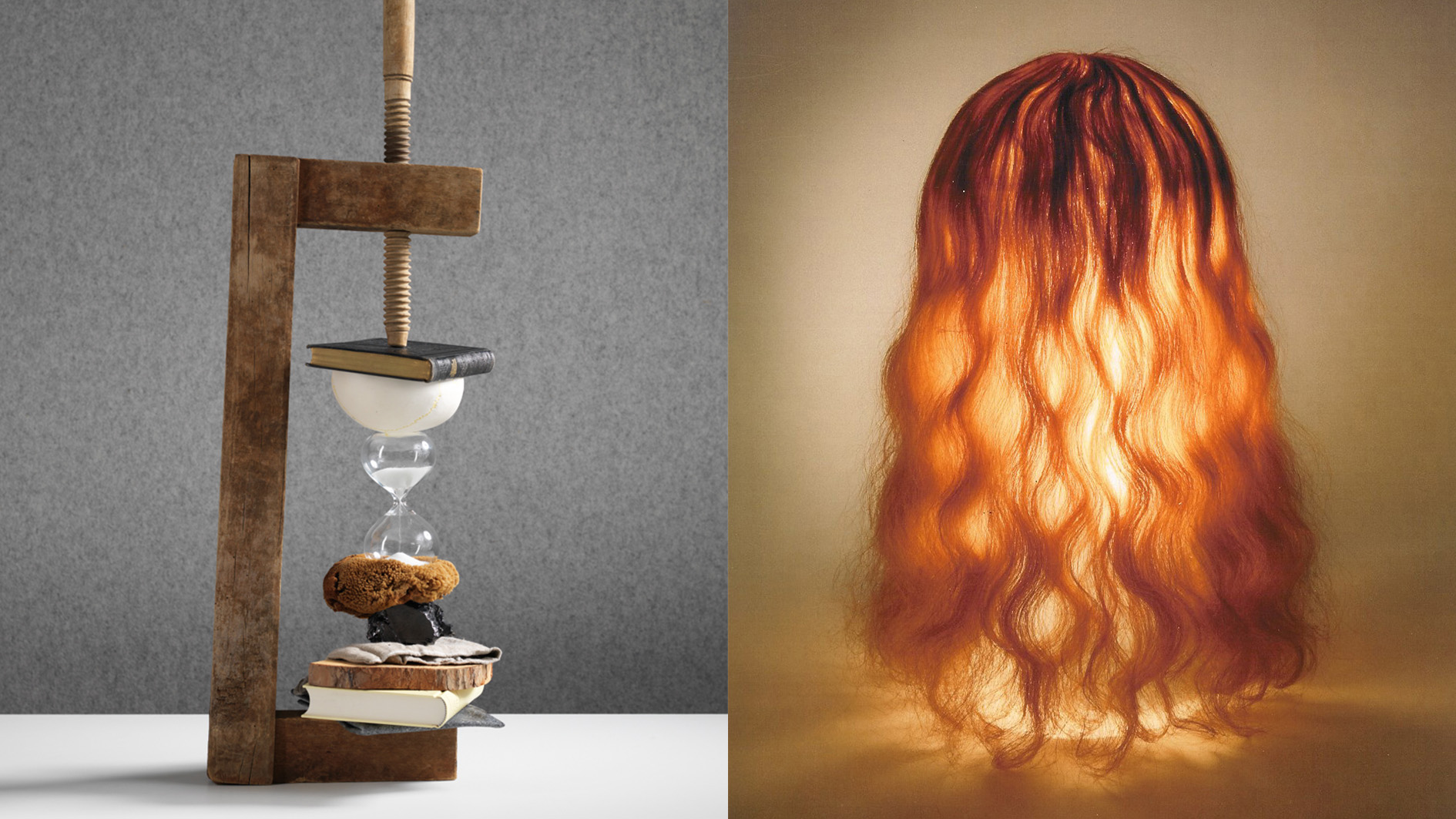 Rolf Sachs’ largest exhibition to date, ‘Be-rühren’, is a playful study of touch
Rolf Sachs’ largest exhibition to date, ‘Be-rühren’, is a playful study of touchA collection of over 150 of Rolf Sachs’ works speaks to his preoccupation with transforming everyday objects to create art that is sensory – both emotionally and physically
-
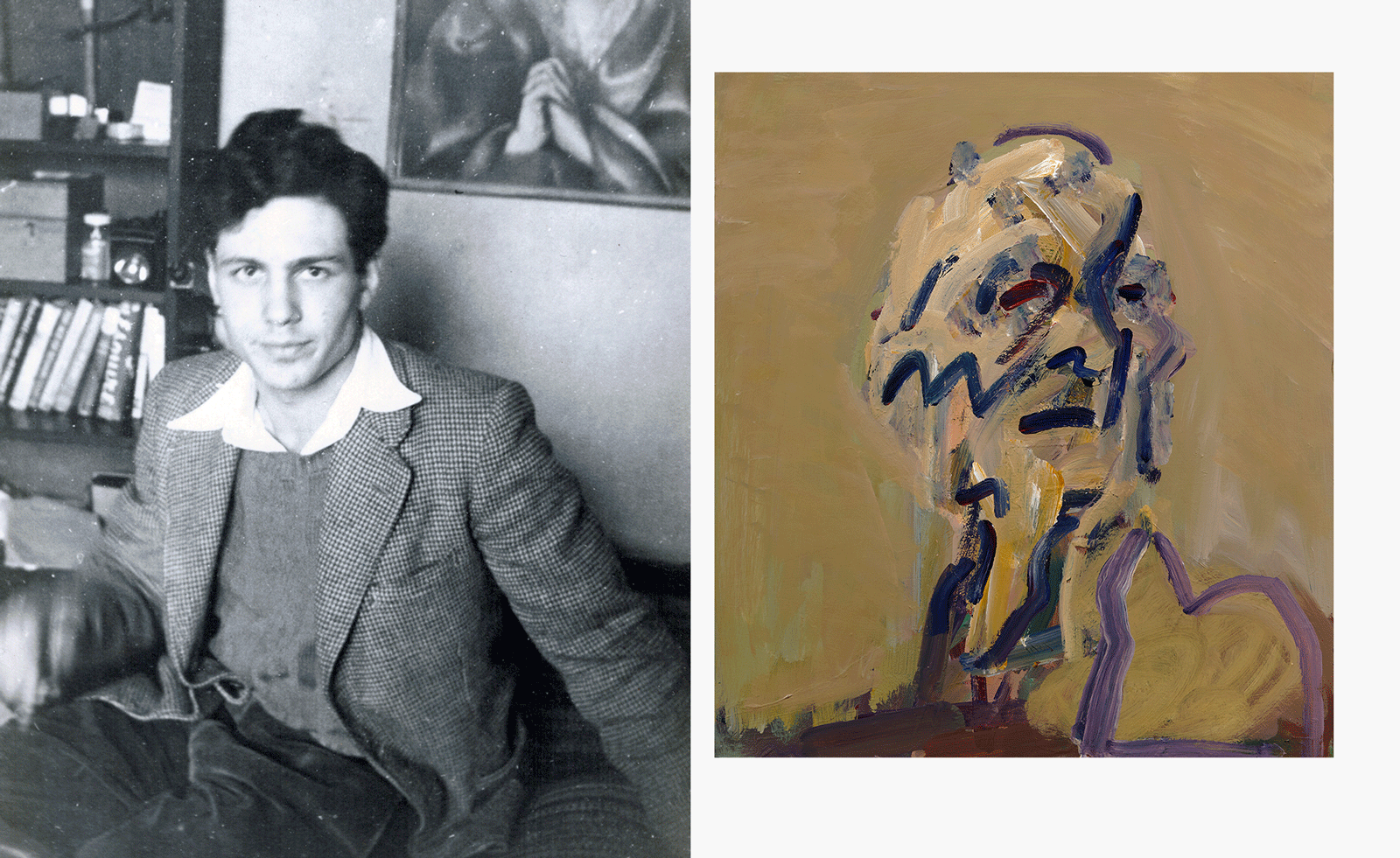 A posthumous exhibition in Frank Auerbach's home city of Berlin celebrates the work of the figurative painter
A posthumous exhibition in Frank Auerbach's home city of Berlin celebrates the work of the figurative painter‘Frank Auerbach’, on until 28 June at Galerie Michael Werner, Berlin, marks the first time the artist's work is shown in the city where he was born
-
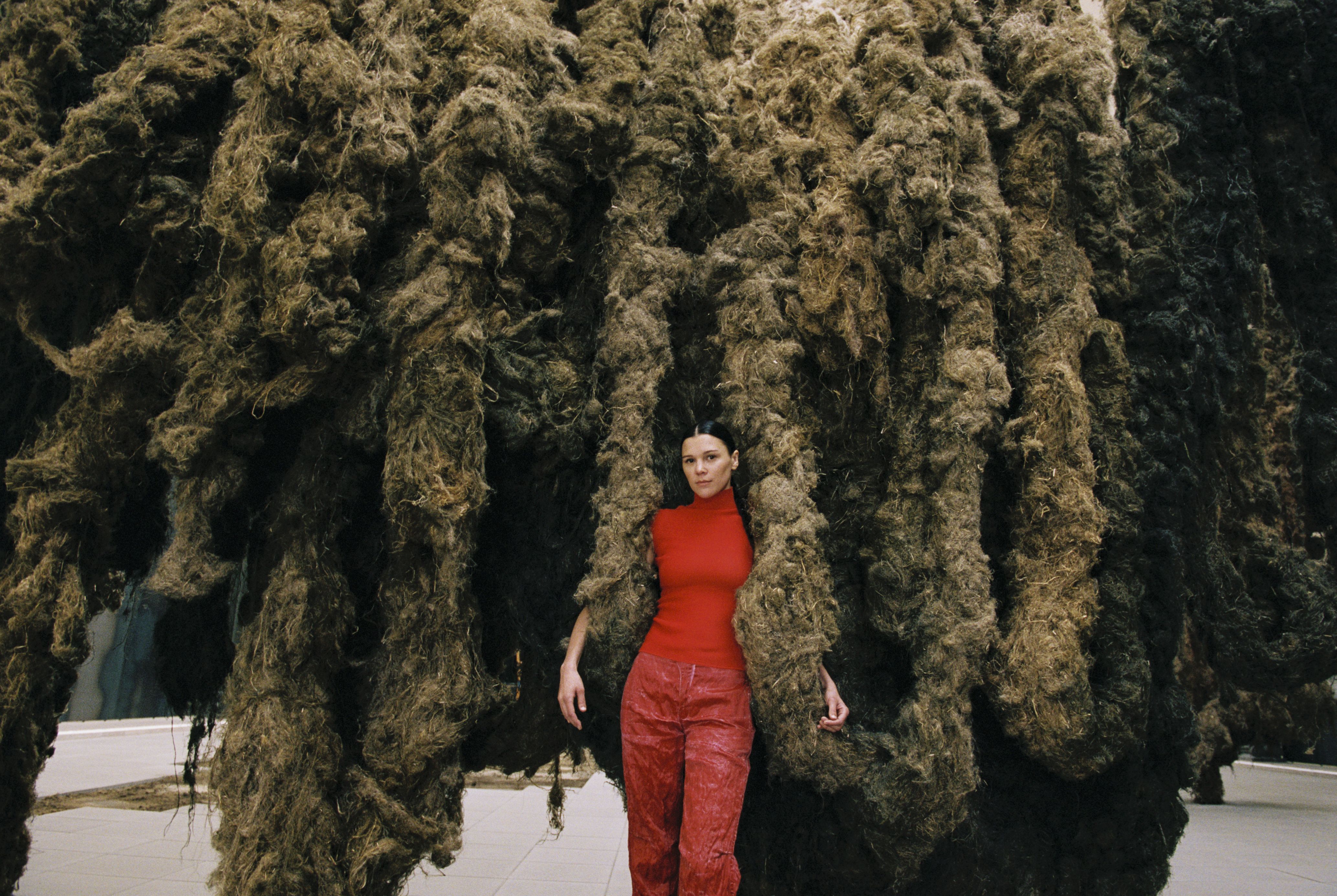 Klára Hosnedlová transforms the Hamburger Bahnhof museum in Berlin into a bizarre and sublime new world
Klára Hosnedlová transforms the Hamburger Bahnhof museum in Berlin into a bizarre and sublime new worldThe artist's installation, 'embrace', is the first Chanel commission at Hamburger Bahnhof
-
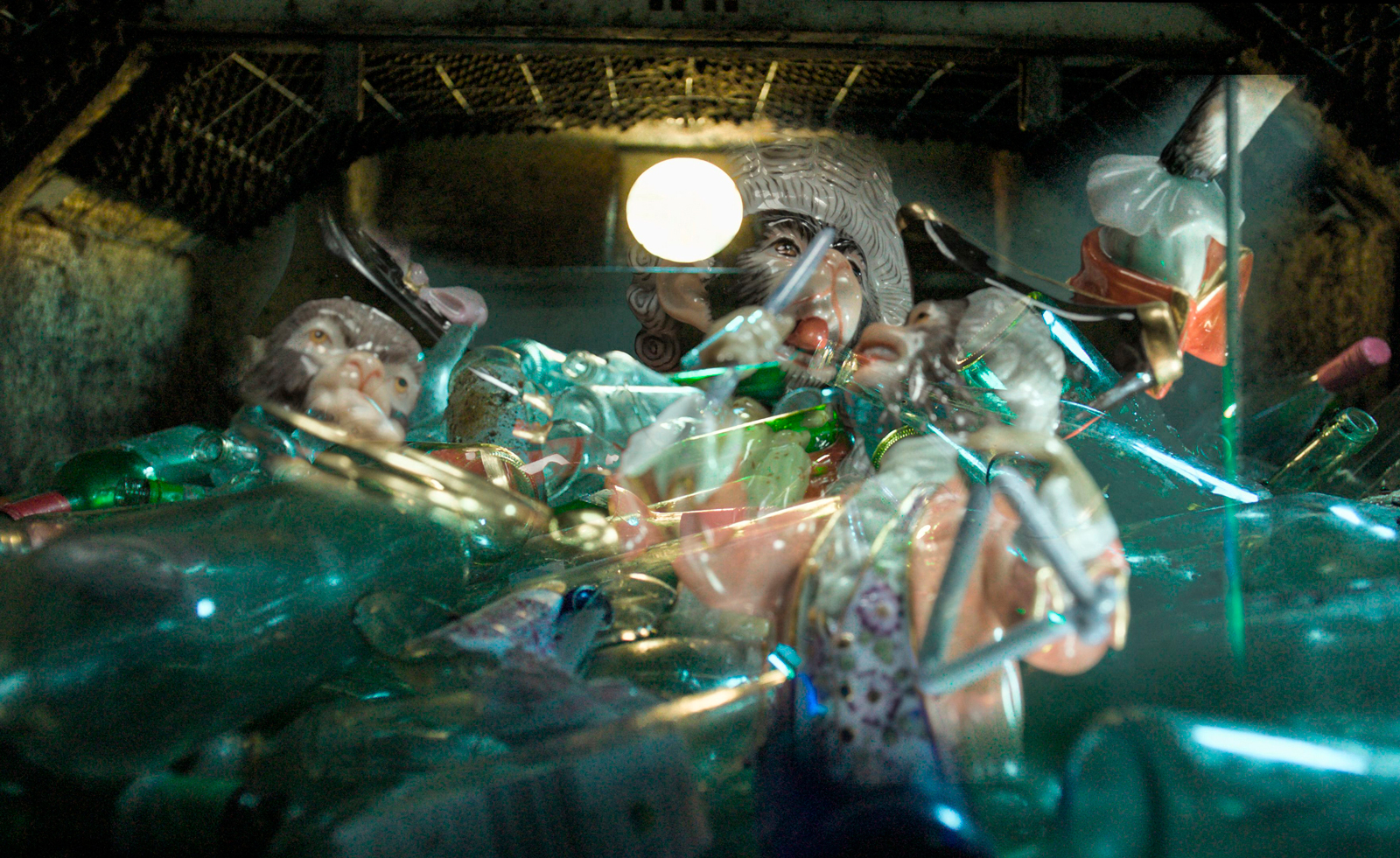 Thrilling, demanding, grotesque and theatrical: what to see at Berlin Gallery Weekend
Thrilling, demanding, grotesque and theatrical: what to see at Berlin Gallery WeekendBerlin Gallery Weekend is back for 2025, and with over 50 galleries taking part, there's lots to see
-
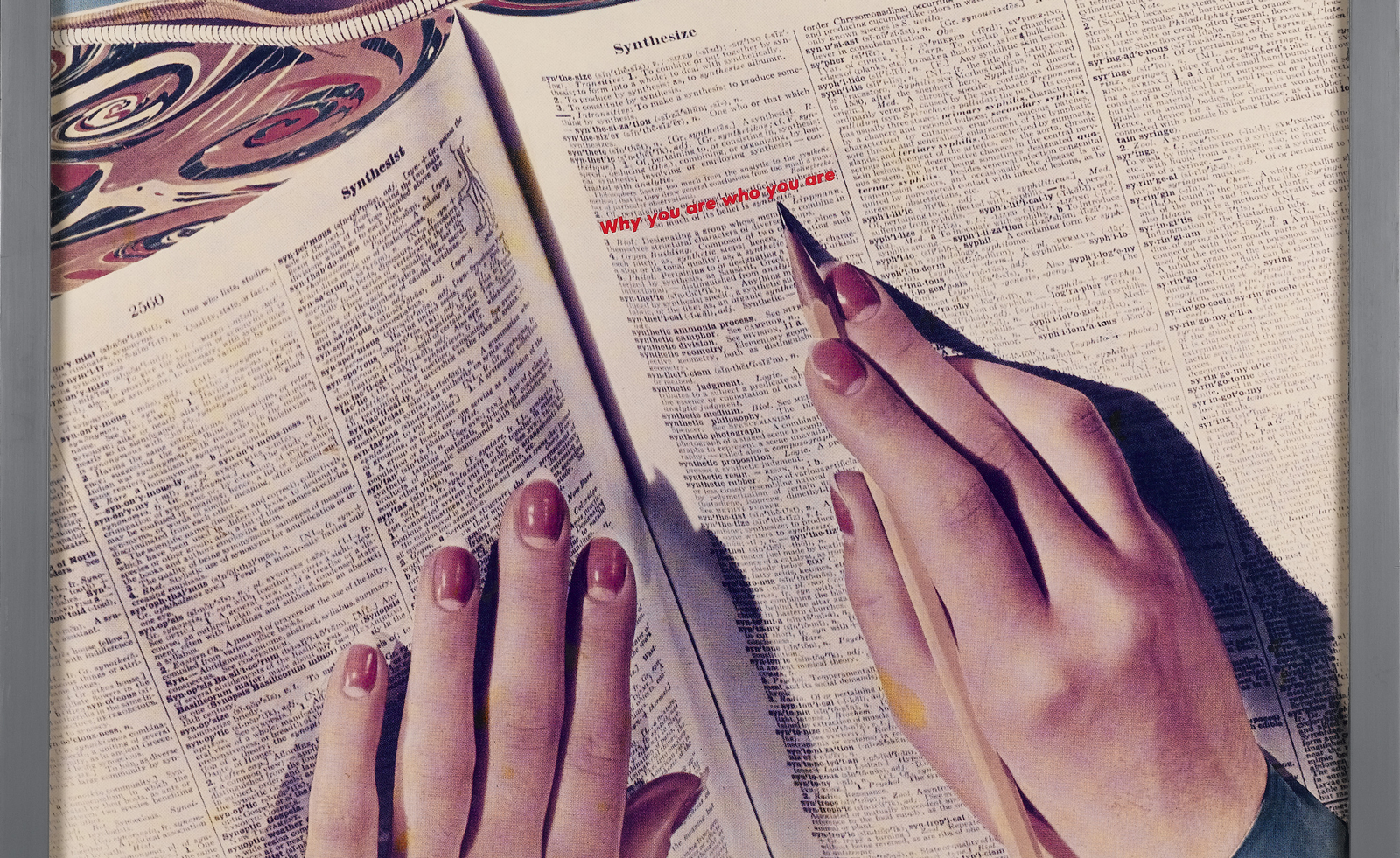 Take a rare chance to see the astonishing Ringier Collection of artworks in Düsseldorf
Take a rare chance to see the astonishing Ringier Collection of artworks in DüsseldorfFrom Barbara Kruger to Sylvie Fleury: publishing mogul Michael Ringier opens his private art collection to the public, sharing 500 works, and tells us what makes great art
-
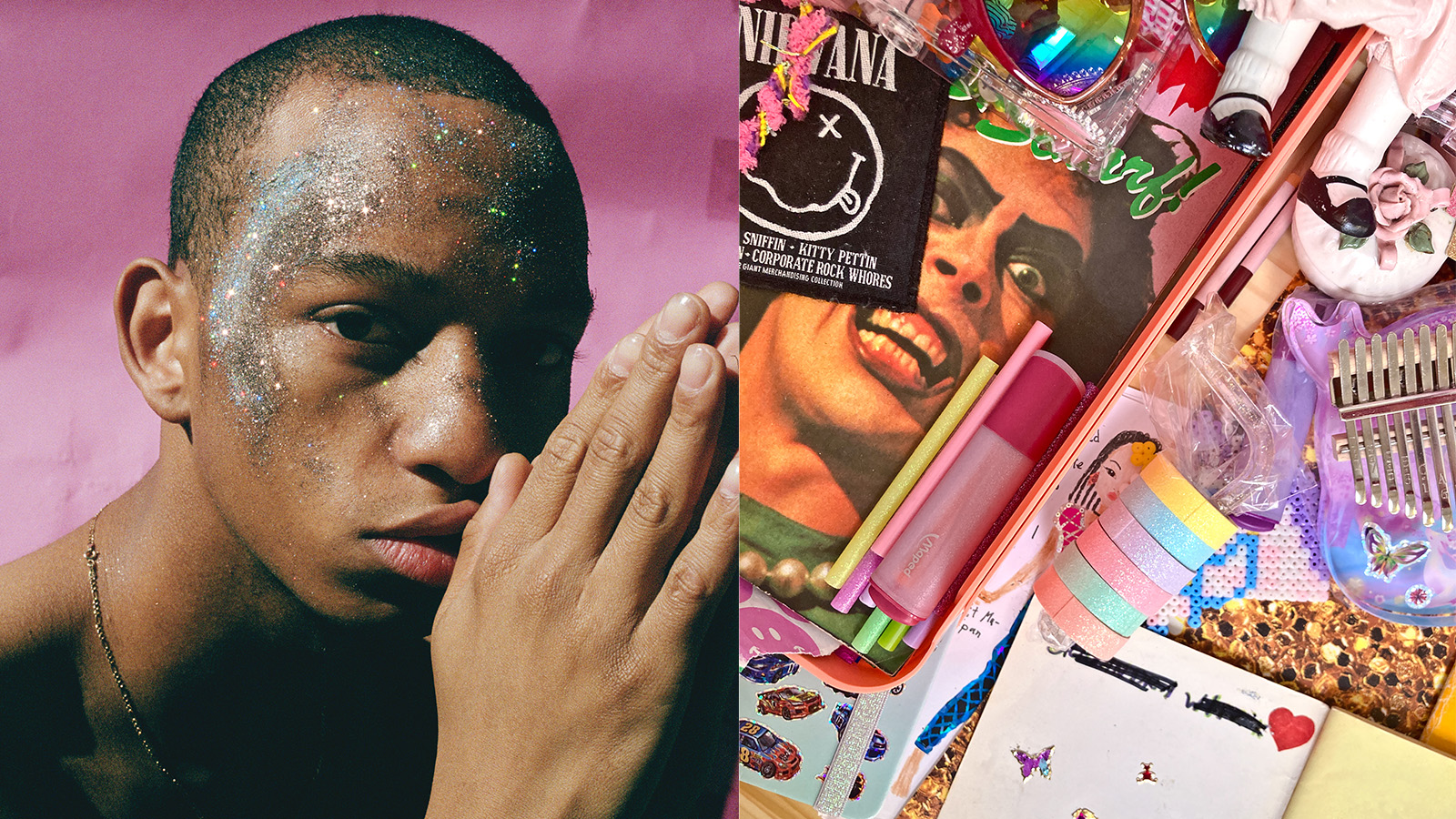 MK&G’s ‘Glitter’ exhibition: a brilliant world-first tribute to sparkle and spectacle
MK&G’s ‘Glitter’ exhibition: a brilliant world-first tribute to sparkle and spectacleMK&G’s latest exhibition is a vibrant flurry of sparkles and glitter with a rippling Y2K undercurrent, proving that 'Glitter is so much more than you think it is'